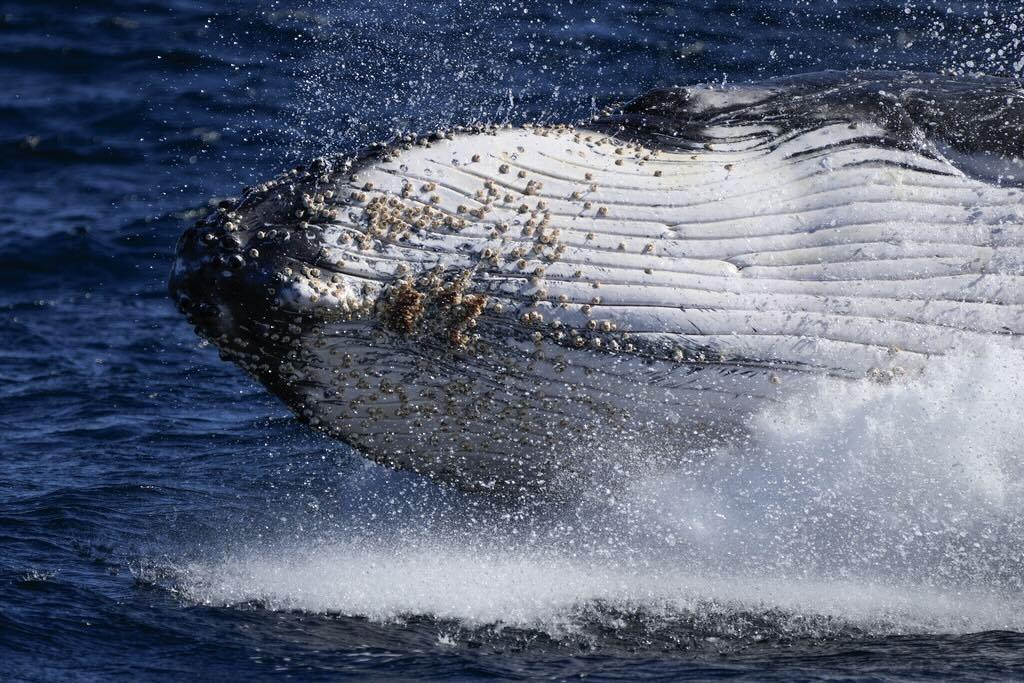Unique Study Shows Where Large Marine Animals Gather
In a uniquely large study, researchers have been able to show how and where sea turtles, whales, albatrosses, and other marine animals travel in the oceans and gather along coastlines. This knowledge provides important information for decisions on which marine areas should be protected first.

The study, published in Science, compiles geodata from nearly 13,000 penguins, whales, sharks, seals, polar bears, sea lions, turtles, and more—a total of 111 major marine species.
– I don’t think I’ve ever seen anything like this in terms of scale in biology and ecology, says Susanne Åkesson, professor of biology at Lund University.
Long journeys
She has contributed findings on how hawksbill turtles migrate between the coasts of Brazil and Uruguay to the small island of Ascension in the middle of the South Atlantic, where they mate and lay their eggs.
When her findings were combined with those of nearly 400 other researchers, the sea creatures’ extensive migration routes and gathering places emerged, some of which are shared by several species.
All the thousands of position readings from the tagged animals show that their routes and habitats cover as much as 70 percent of the Earth’s ocean surface. The animals mainly move in the Indian Ocean, west of the United States, Antarctica, and parts of the Atlantic, such as around the Azores and the North African coast.

Not enough
In the next step, the researchers investigated the extent to which expanded protection of marine areas could ensure the survival of animals. Today, only a fraction of the oceans, just over 8 percent, are protected, but the UN has set a target of increasing this to 30 percent.
The researchers’ conclusion is that 30 percent will not be enough. The major threats in the form of plastic pollution and the effects of climate change are global and do not cease with protected marine areas.
Damage caused by shipping and fishing can be eliminated in protected areas, but remains in other important, unprotected areas. According to the researchers, more measures are therefore needed if marine biodiversity is to be kept intact. These could include requirements for shipping to avoid or reduce speed in sensitive areas and stricter requirements for fishing limits and gear.

– Some fishing methods have already changed, such as longline fishing, which previously caught many albatrosses. This has forced the introduction of methods that lower the lines into deeper water, says Susanne Åkesson, giving another example:
The population of hawksbill turtles at Ascension has recovered since illegal fishing along the Brazilian coast has decreased.
The study compiled geographical data on 111 major marine animal species (birds, fish, reptiles, and mammals). Some of the species are endangered, others are not. The number of individuals included was 12,794. The geodata was collected between 1985 and 2018.
The compilation shows that particularly important areas for larger marine animals are the Indian Ocean, the coastal areas along the west coast of the United States, Antarctica, the North Atlantic, and the Atlantic around the Azores, along the North African coast, and South Africa. Marine areas around Sweden are not included in the study.
The study was led by marine ecologist Ana Sequeira at the Australian National University. The scientific article in Science is entitled Global tracking of marine megafauna space use reveals how to achieve conservation targets.
Sources: Susanne Åkesson and The Conversation




